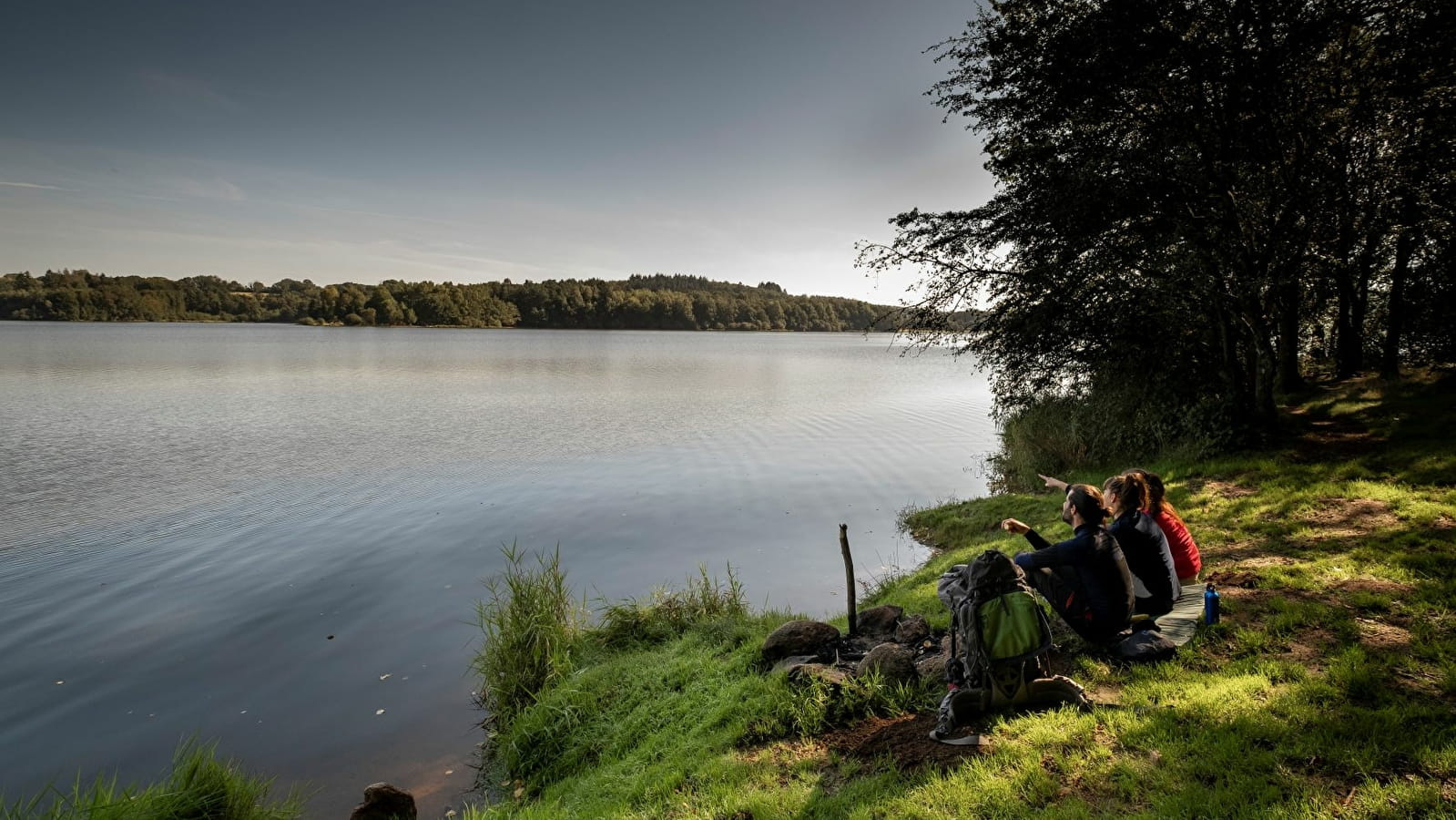
Boucle de la queue de Pannecière
From the village of Corancy, this 10 km circuit between lake and forest passes in front of the snack bar at the Soulins campsite, ideal for a lunch break!
With the Yonne nearby, timber rafting represented a major economic activity for the area. The Morvan heated Paris from 1550 to 1850 thanks to the "flottage buches à perdues" from the Morvan and the "flottage en train de bois" from Clamecy. The woodcutters cut the selected trees, cut out the mouldings (logs measuring 1.14 m and about 15 cm in diameter) and stacked them before being transported by the famous Morvan cart to the "floating ports".
The two main "axes" were the Yonne and the Cure, but their tributaries were also floated according to the forests exploited. In spring, the logs, all marked and re-stacked, were thrown (and followed by the "poules d'eaux") into these streams swollen by repeated releases of water from upstream ponds. Once they arrived in Clamecy (Yonne) or Vermenton (Cure), the logs were sorted and dried, then assembled in 70m x 4m rafts and floated down the Yonne and then the Seine to Bercy, Les Invalides, etc. For almost 300 years, the Morvan was developed and lived mainly to the rhythm of this industry, which kept a large part of the population busy throughout the year. In addition to forestry work, the many rivers, banks, dykes, ponds, mill reaches and bridges had to be maintained. The last flood took place in 1923.
